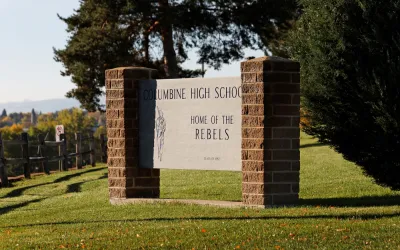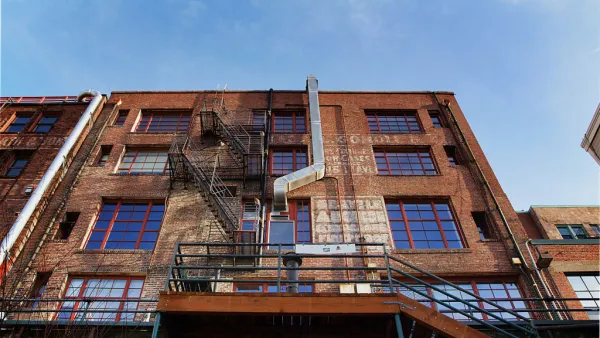It's tempting to try to find a link between sites of mass shootings, but data shows they happen in all types of American communities.

Mass shootings in America often have familiar elements. "Once again, the shooter was white, male, and socially isolated. And in keeping with a number of deadly mass shootings in the past, this one took place in an affluent suburban community not unlike Newtown, Connecticut (where the Sandy Hook Elementary shooting happened), or Columbine, Colorado," Richard Florida and Alastair Boone write for CityLab. From 1982 until today, 96 percent of mass shooters in the United States have been male, according to data from Mother Jones. "But while there seems to be a profile of a typical mass shooter, we have far less information on the kinds of communities that have fallen victim to these tragic events," Florida and Boone write.
Researchers found that rural and urban communities both suffer from these tragedies. They strike people of every demographic group, regardless of income of ethnicity. "Since 1971, mass shootings have occurred in largely white communities such as Salisbury, Pennsylvania; Platt, South Dakota; and Chelsea, Michigan; and in places that are heavily non-white, such as Detroit and Honolulu," Florida and Boone report.
FULL STORY: Where Do Mass Shootings Take Place?

National Parks Layoffs Will Cause Communities to Lose Billions
Thousands of essential park workers were laid off this week, just before the busy spring break season.

Retro-silient?: America’s First “Eco-burb,” The Woodlands Turns 50
A master-planned community north of Houston offers lessons on green infrastructure and resilient design, but falls short of its founder’s lofty affordability and walkability goals.

Delivering for America Plan Will Downgrade Mail Service in at Least 49.5 Percent of Zip Codes
Republican and Democrat lawmakers criticize the plan for its disproportionate negative impact on rural communities.

Test News Post 1
This is a summary

Test News Headline 46
Test for the image on the front page.

Balancing Bombs and Butterflies: How the National Guard Protects a Rare Species
The National Guard at Fort Indiantown Gap uses GIS technology and land management strategies to balance military training with conservation efforts, ensuring the survival of the rare eastern regal fritillary butterfly.
Urban Design for Planners 1: Software Tools
This six-course series explores essential urban design concepts using open source software and equips planners with the tools they need to participate fully in the urban design process.
Planning for Universal Design
Learn the tools for implementing Universal Design in planning regulations.
EMC Planning Group, Inc.
Planetizen
Planetizen
Mpact (formerly Rail~Volution)
Great Falls Development Authority, Inc.
HUDs Office of Policy Development and Research
NYU Wagner Graduate School of Public Service



























